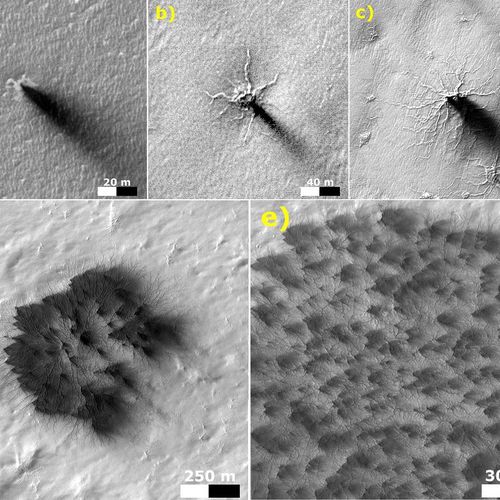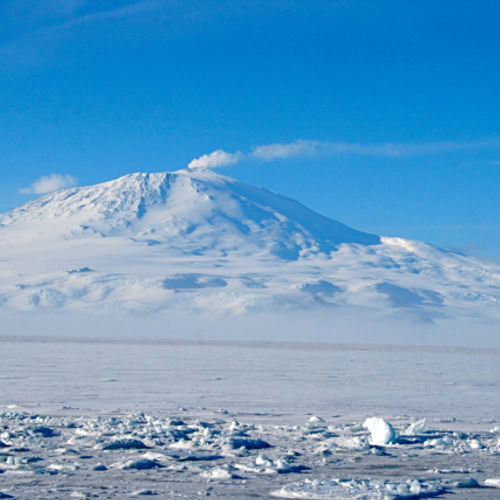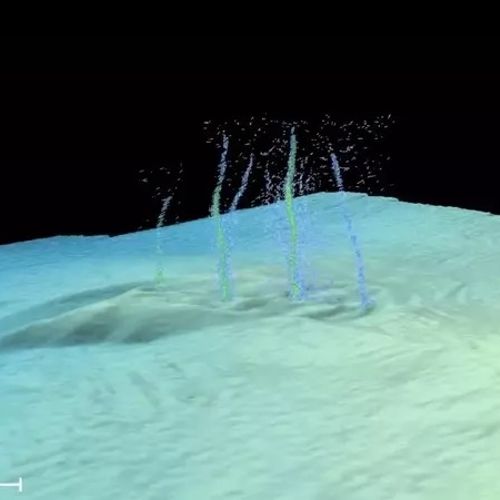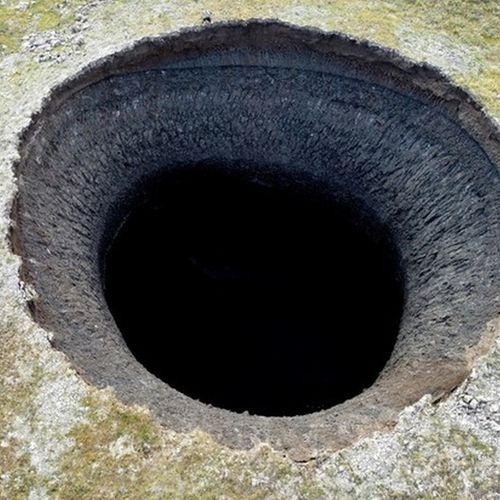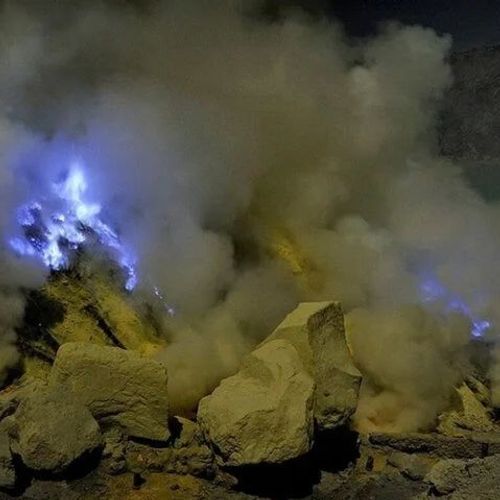
| Added | Wed, 19/01/2022 |
| Источники | |
| Дата публикации | Wed, 19/01/2022
|
| Версии |
What color is the volcano's lava? It all depends on its temperature, it can be brown, yellow-red, orange, bright yellow, etc. This applies to all volcanoes, except for the one located in Indonesia, known as Ijen, where the lava has a bright blue color. Moreover, this is not the only feature of the volcano that distinguishes it from many others. Here is the largest acid lake in the world, which changes its color during the day. Plus, add amazing natural landscapes to this. All this makes the Ijen volcano an extremely popular place among tourists. However, it is not the most favorable for a long stay, since a large amount of poisonous gases and fumes are released from the volcano. Therefore, you can only approach the lake in a respirator. However, this does not prevent local residents from extracting sulfur without any means of protection.
Acid Lake
The volcano is located on the island of Java in Indonesia. It is more correct to say that there is a whole volcanic complex on the island, which contains many symmetrical cone-shaped volcanoes. The highest point of the complex is Merapi, it is located at 2803 meters above sea level. But the most famous volcano is, of course, the Ijena crater.
At the bottom of the crater is a sulfur lake with a diameter of about a kilometer and a depth of about 200 meters. The lake attracts primarily with its rich blue color. He owes them an unusual mixture of sulfuric and hydrochloric acids with impurities of various metals. However, the color of the lake is not stable. Depending on the tectonic activity, it changes from bright turquoise or green to milky white or gray. Sometimes the color changes several times during the day. Moreover, the water can be both absolutely transparent and cloudy like milk.
The blue "lava" of the volcano - what is the reason for the unusual color
There is magma under the lake. It is locked under a large and dense layer of water, so it does not show on the surface. The last eruption with magma was recorded in 1817. The volcano is in the stage of falling asleep, so its activity is decreasing. However, it is still characterized by active gas (phreatic) activity.
Periodically, incandescent sulfur dioxide gases mixed with water vapor, called solfatans, come out of fumaroles, that is, cracks on the slopes. The temperature of the gases reaches 600 degrees Celsius. On the surface, they react with oxygen and self-ignite, forming bright flashes up to five meters high. It is the sulfur that provides the unusual blue color of fire.
Some gas particles condense in the form of liquid sulfur, as a result, during particularly active eruptions, the burning substance flows down the slopes, forming fiery streams. It seems that the volcano is erupting with blue lava. By the way, magma and lava are not exactly the same thing that we talked about earlier.
Many photographers go to Indonesia specifically to capture a fantastic landscape in which blue-hot lava flows down a rocky surface.
Sulfur mining in acid lake
Despite the gases escaping from the volcano and the toxic fumes of the lake itself, it has been a place for local residents for more than one hundred years to extract sulfur formed as a result of the activity of the volcano. In fact, it is a condensate of vapors that have not had time to burn.
Locals even insert special pipes into the most active cracks, which allows to speed up the condensation process. But most of the sulfur is extracted manually. The only thing that is used for this is a simple tool in the form of hammers and picks.
On average, each worker extracts and transfers about 100-150 kg of yellow sulfur per day. They use wicker baskets to transport the mineral. It is noteworthy that tourists are not allowed to the lake without protective masks or respirators, but the locals, who extract sulfur every day, do not use them.
But do not think that the miners have developed any immunity to toxic fumes. Their average life expectancy does not exceed 30 years. At the same time, their daily earnings are no more than $5. The work of local residents extracting sulfur is officially recognized as the most dangerous in the world. But in Java, it is considered prestigious and highly paid.
Новости со схожими версиями
Log in or register to post comments



